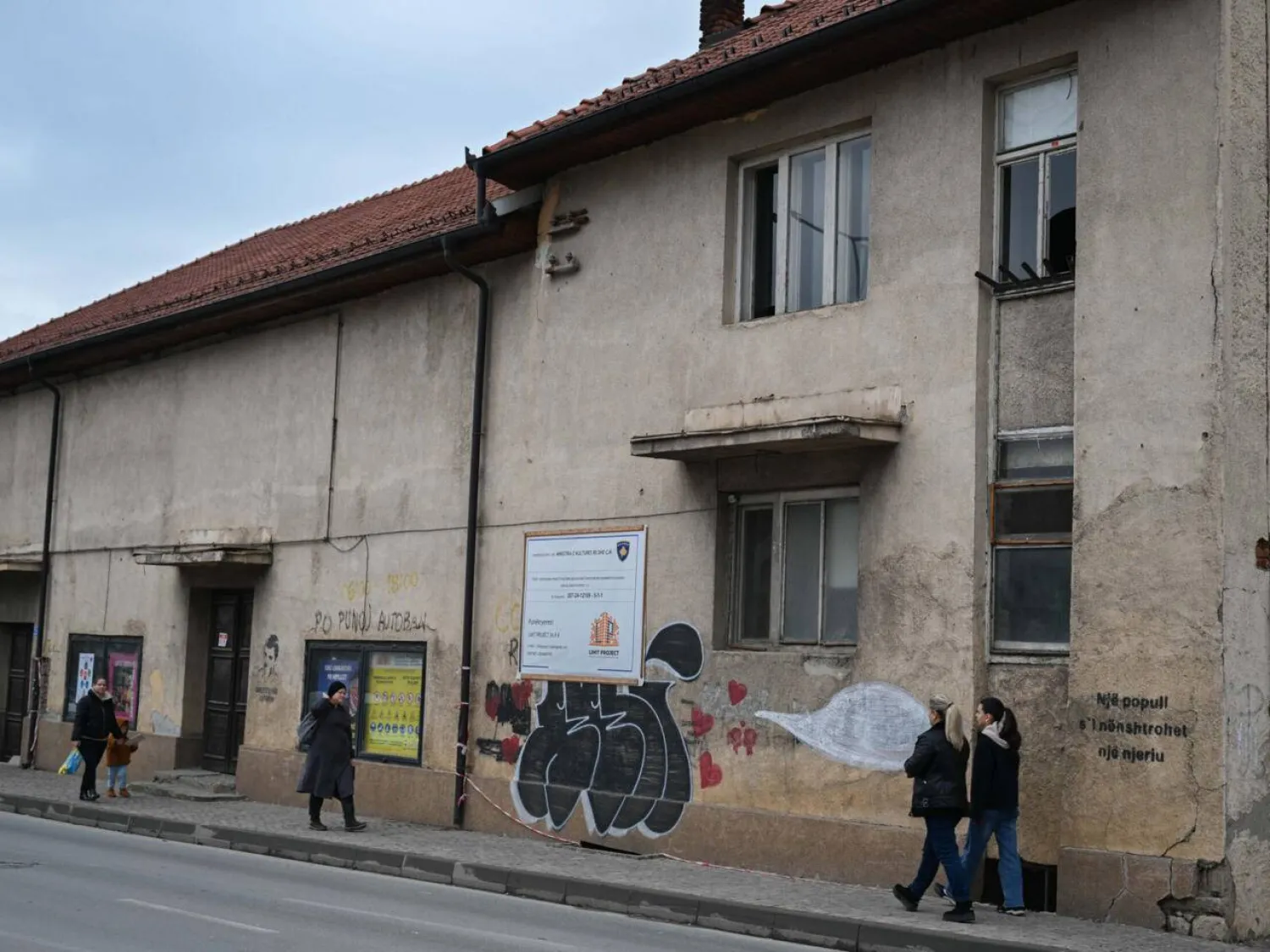The "teamLab Borderless" museum, a collaboration between the Saudi Ministry of Culture and the Japanese art collective teamLab, has been a huge success, drawing 52,500 visitors in the first two months since opening on June 10, SPA reported.
The museum underlines the Ministry of Culture's dedication to preserving the Kingdom's heritage while embracing innovative forms of artistic and cultural expression from around the globe.
According to Director General of the Jeddah Historic District Program Abdulaziz bin Ibrahim Al-Issa, the interactive global "teamLab Borderless" museum in the heart of Jeddah's historical district is important.
Al-Issa stressed that with the support of Minister of Culture Prince Badr bin Abdullah bin Farhan Al Saud, the museum helps strengthen the region's position as a global tourist destination, and offers a one-of-a-kind cultural and tourism experience to visitors.
The "teamLab Borderless" museum offers visitors the chance to experience over 80 interactive digital art installations in a 10,000-square-meter space.
Choosing the Jeddah Historic District for this innovative museum aligns with Saudi Vision 2030 and Jeddah's strategic development drive to become a leading global cultural and tourism center.
According to the program, since the opening of the museum, tickets have completely sold out online until August 15. The museum's website has received 890,000 visits, and the Jeddah Instagram account for "teamLab Borderless" has rapidly grown to 20,900 followers; it has a total reach of 10.02 million.
Jeddah Historic District's 'TeamLab Borderless' Museum Attracts Over 52,000 Visitors

The museum underlines the Ministry of Culture's dedication to preserving the Kingdom's heritage while embracing innovative forms of artistic and cultural expression from around the globe. - SPA

Jeddah Historic District's 'TeamLab Borderless' Museum Attracts Over 52,000 Visitors

The museum underlines the Ministry of Culture's dedication to preserving the Kingdom's heritage while embracing innovative forms of artistic and cultural expression from around the globe. - SPA
لم تشترك بعد
انشئ حساباً خاصاً بك لتحصل على أخبار مخصصة لك ولتتمتع بخاصية حفظ المقالات وتتلقى نشراتنا البريدية المتنوعة







